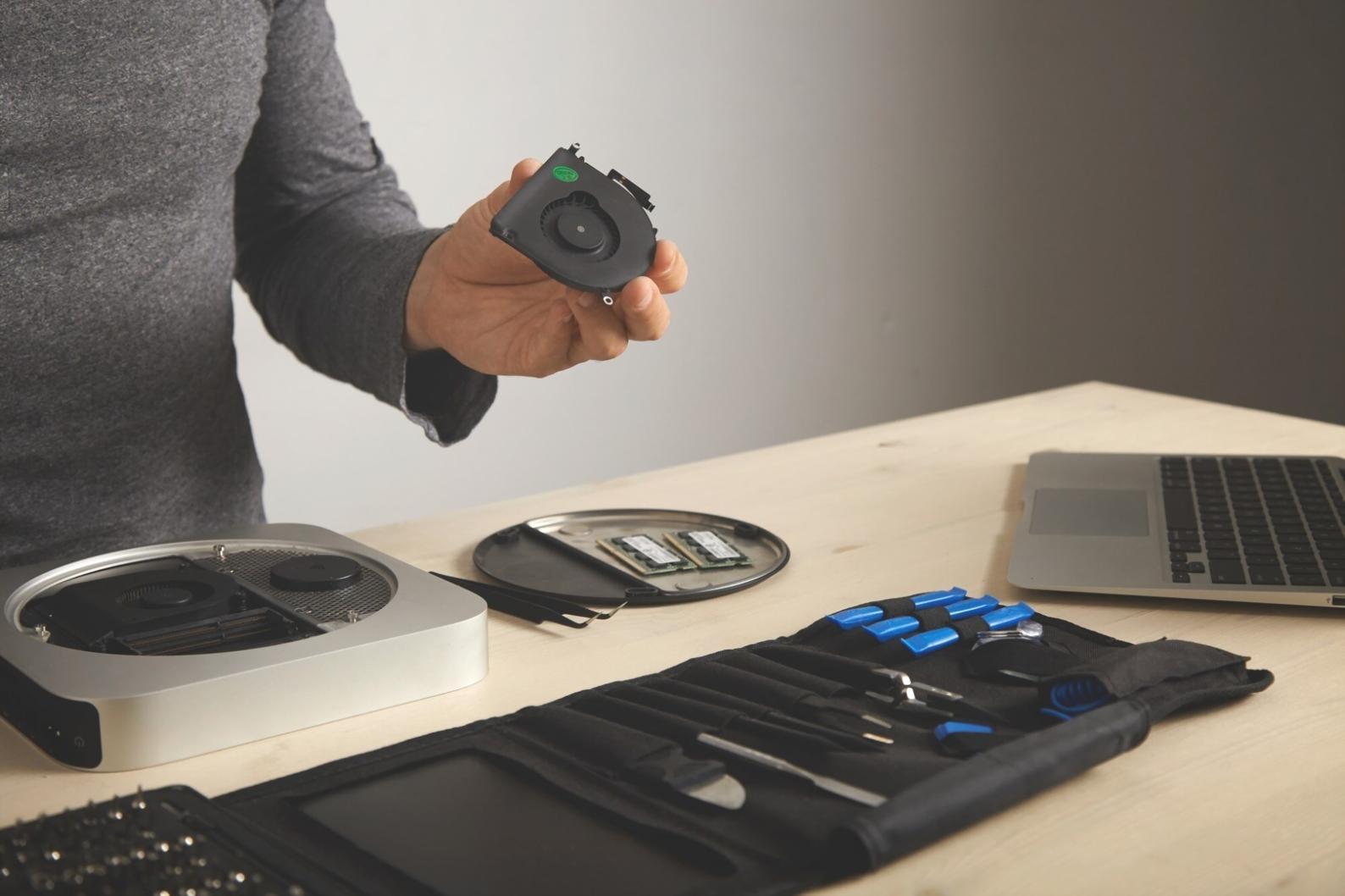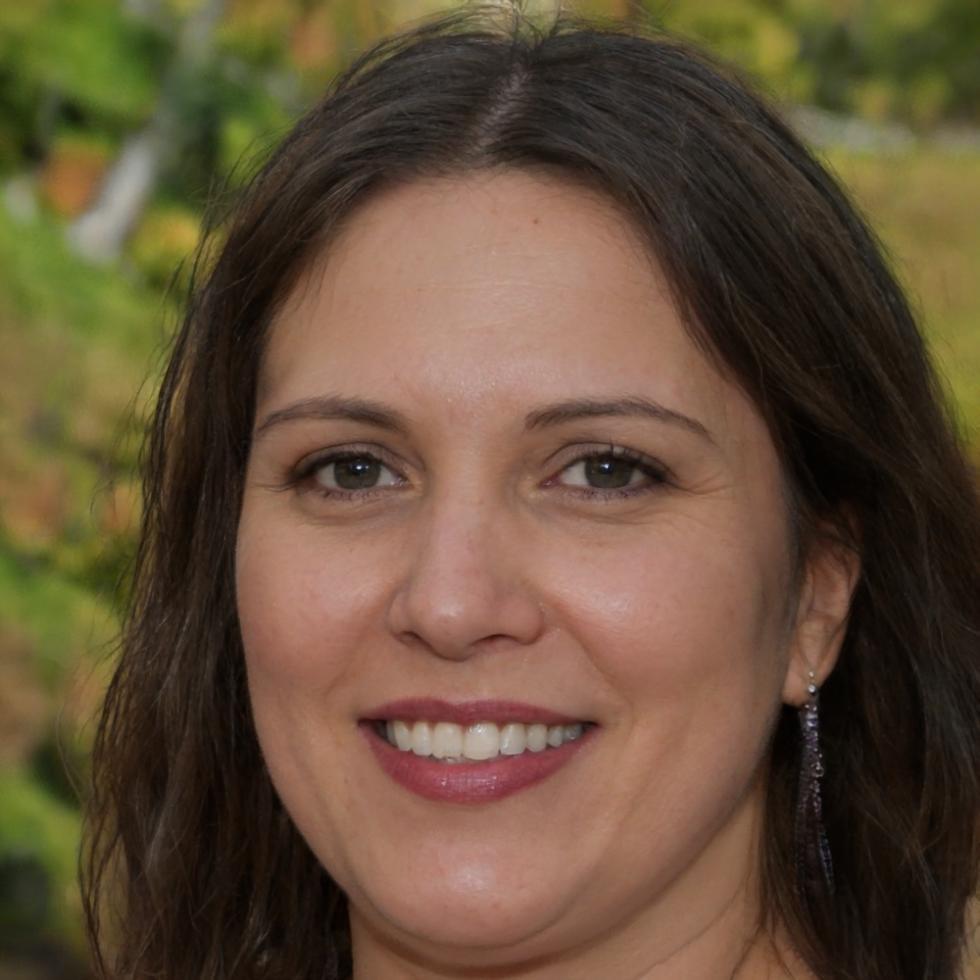Build Game Worlds That Actually Move
Most game design courses teach you to make things look pretty. We teach you to make them feel real. Because when a player throws a virtual rock and it behaves exactly like their brain expects—that's when games stop being software and start being experiences.
Check Our Upcoming Sessions
How We Think About Teaching
You probably won't find these ideas in a standard curriculum. They come from years of watching students struggle with the same problems—and figuring out what actually works.
Physics First, Graphics Later
A boring gray cube that bounces correctly teaches you more than a beautiful character that moves like it's floating in soup. We start with gravity, friction, and momentum. The pretty stuff can wait.
Break It to Understand It
You'll spend time deliberately breaking physics systems. Turn gravity sideways. Make friction negative. Watch what happens. That's how you learn what each variable actually does instead of just copying formulas.
Real Projects, Real Problems
No theoretical exercises about spheres rolling down perfect ramps. You'll work on actual game scenarios—character controllers that feel responsive, vehicles that handle right, objects that react believably when players interact with them.

You Won't Be Working Alone
Game development feels isolating when you're stuck on a problem at 2am. Our programs are built around peer interaction because sometimes the best explanation comes from someone who figured it out yesterday, not someone who mastered it years ago.
- Weekly project reviews where you see what others are building and share your own work
- Dedicated collaboration channels for troubleshooting physics bugs together
- Small cohort sizes so you actually get to know the other people in your group
- Pair programming sessions where you work through complex systems with a partner
Common Problems We Help You Solve
These are the issues that come up over and over. Not because people aren't smart—but because physics engines don't think like humans do, and bridging that gap takes specific knowledge.
Character Controllers Feel Floaty
Your player character slides around like they're on ice. We'll show you how to tune ground friction, acceleration curves, and air control so movement feels tight and responsive. It's about finding the right balance between realistic physics and what actually feels good to play.
Collision Detection Goes Wrong
Objects pass through walls or get stuck in floors. You'll learn proper collision layer setup, how to choose between continuous and discrete detection, and when to use raycasts instead of physics collisions. Plus debugging techniques to visualize exactly what's happening.
Performance Drops With Many Objects
Your scene runs fine until you add 50 physics objects, then it crawls. We cover spatial partitioning, sleep states, simplified collision shapes, and when to use non-physics alternatives. You'll understand the performance cost of different approaches.
Ragdoll Physics Look Ridiculous
Your character dies and their limbs flail like rubber. You'll set up proper joint constraints, configure mass distribution, tune damping values, and add blend transitions so ragdolls look natural instead of comedic.
What You'll Actually Build
Theory is useful, but you need to make things. Here's what previous cohorts have created during their time in the program.

Physics-Based Puzzle Systems
Design and implement puzzles where players manipulate gravity, momentum, and forces. Think Portal-style mechanics but with your own twist. You'll handle variable gravity zones, force fields, and object interaction chains.

Vehicle Control Systems
Build a vehicle that handles realistically—suspension, tire friction, weight transfer during acceleration and braking. Whether it's a car, spaceship, or something more creative, you'll understand how to make it feel right.
What People Say After Finishing
These are from actual students who completed programs in 2024. No editing for marketing purposes—just their honest take on what worked for them.
I spent three months trying to figure out why my character controller felt wrong. Two weeks into this program, I finally understood the relationship between FixedUpdate timing and physics calculations. That one insight fixed everything. The rest of the course just built on that foundation.
The peer review sessions were surprisingly valuable. Seeing how other people approached the same physics problems showed me there's rarely one correct answer. Sometimes a simpler, less accurate solution feels better to play. That's not something you learn from documentation.
Next Cohort Starts September 2025
We're keeping groups small again—around 15 people per session. Applications open in June. If you want to understand physics-based game design beyond surface-level tutorials, this might be worth your time.
Get Program Details

